Categories
The latest content
-

Customs Clearance & Import Regulations for Bulk Iranian Pinto Beans in EU, Middle East & Africa
..
-
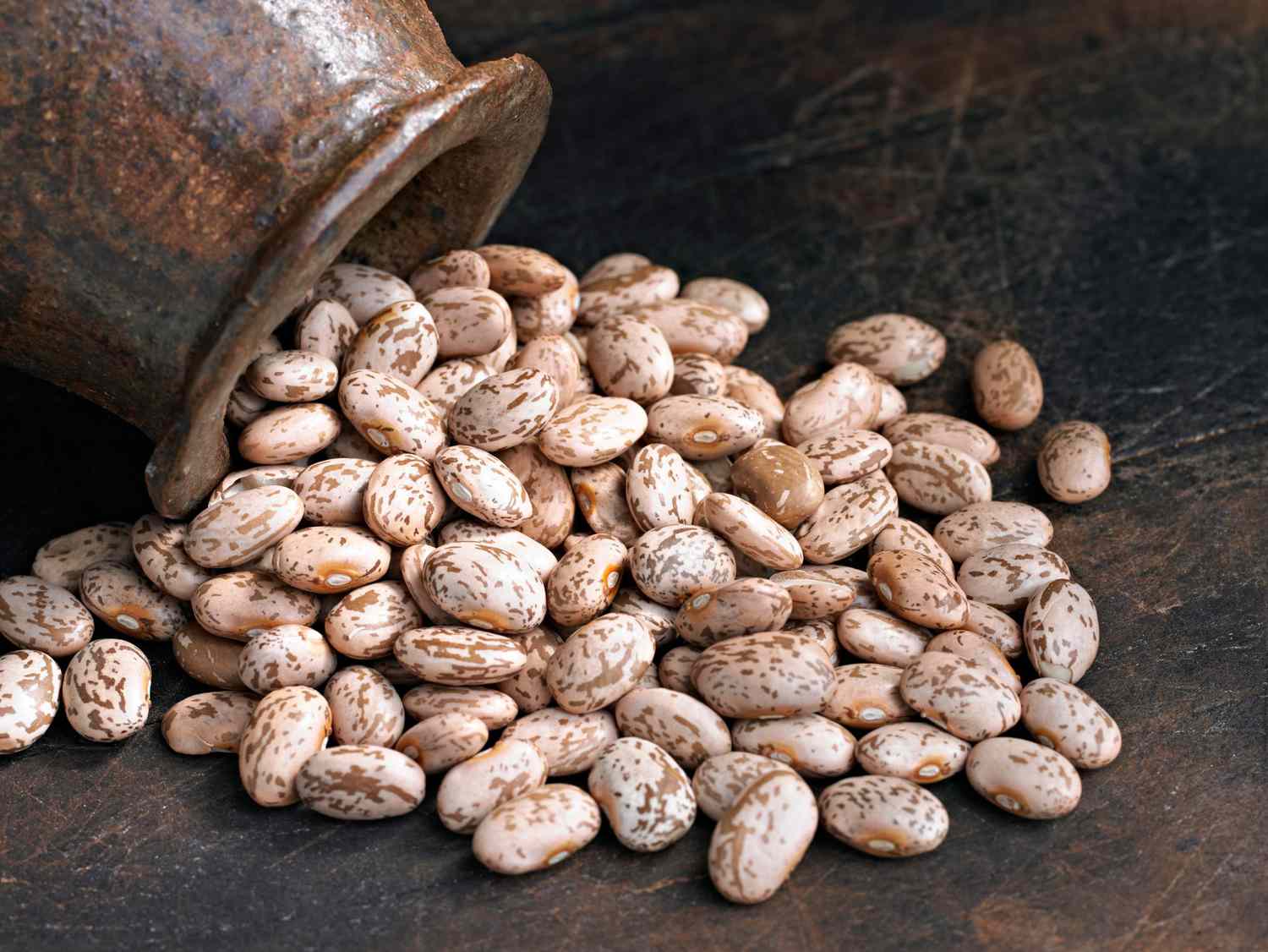
Quality Control & Laboratory Testing Standards for Iranian Pinto Beans
..
-
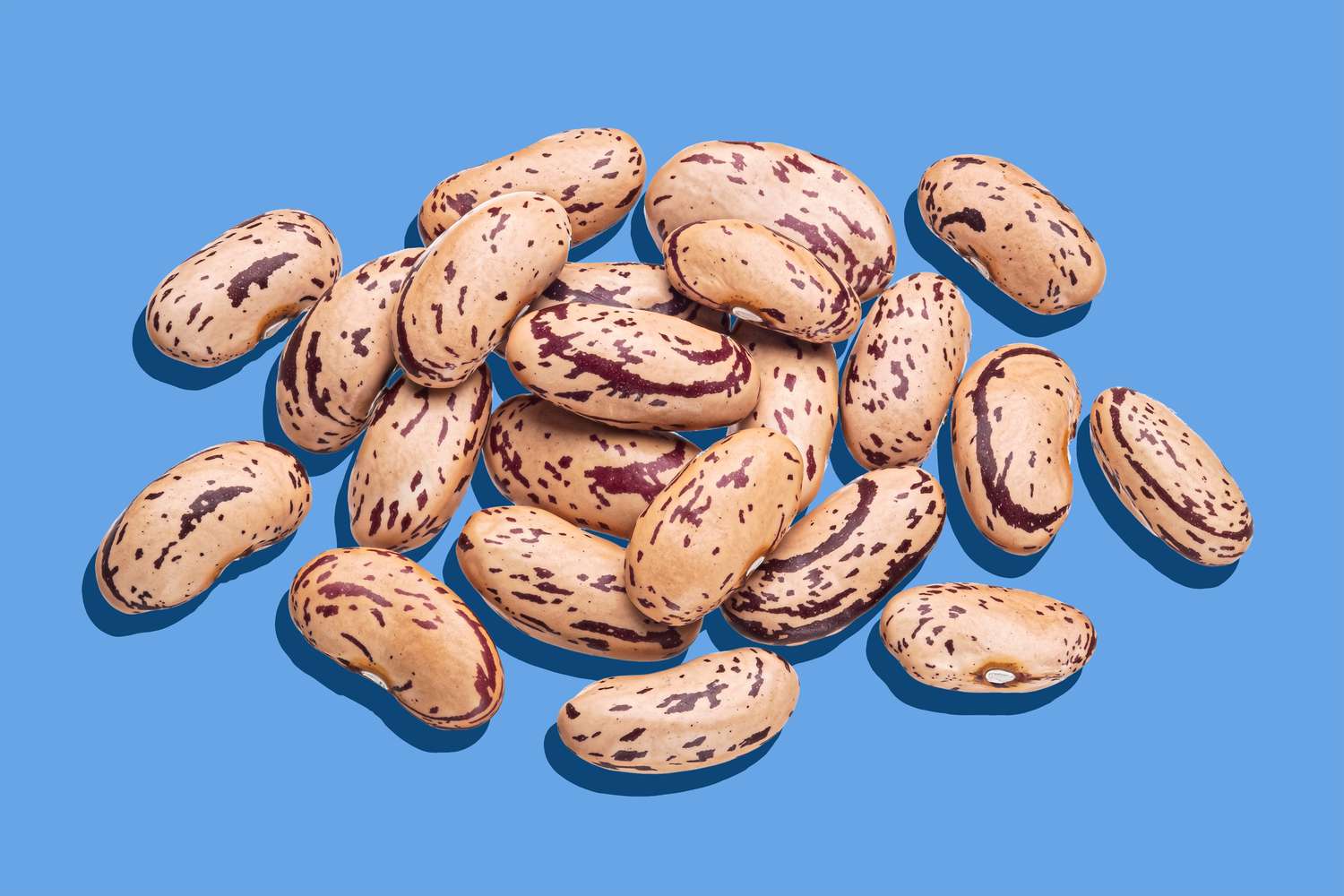
Logistics & Shipping Solutions for Bulk Iranian Pinto Bean Exports
..
-
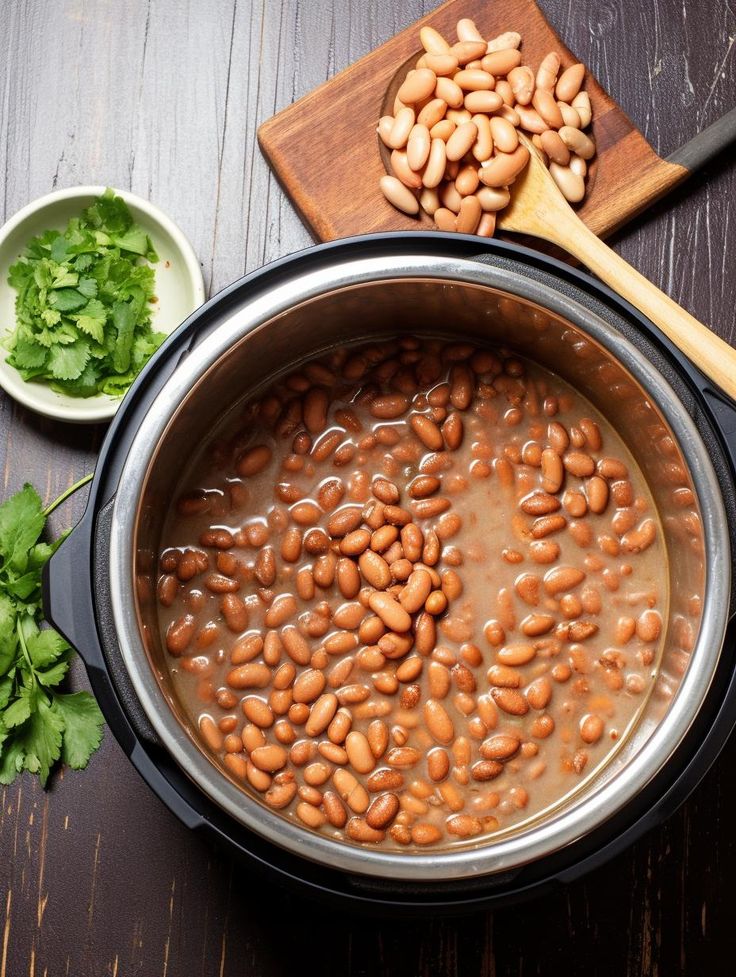
Minimum Order Quantity (MOQ) & Bulk Pricing for Iranian Pinto Bean Buyers
..
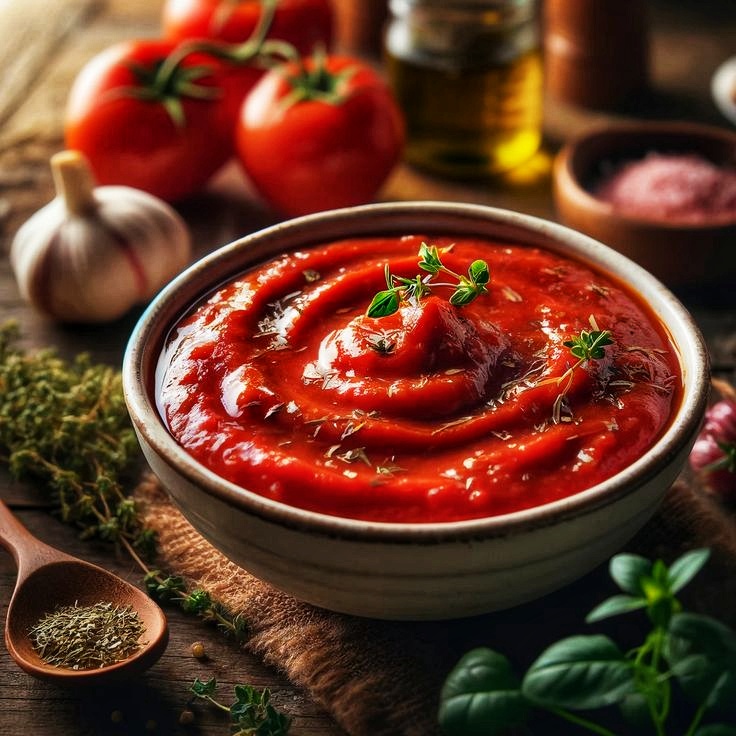
Tags
Fajr Rice: A Rising Star in Iran’s Rice Fields
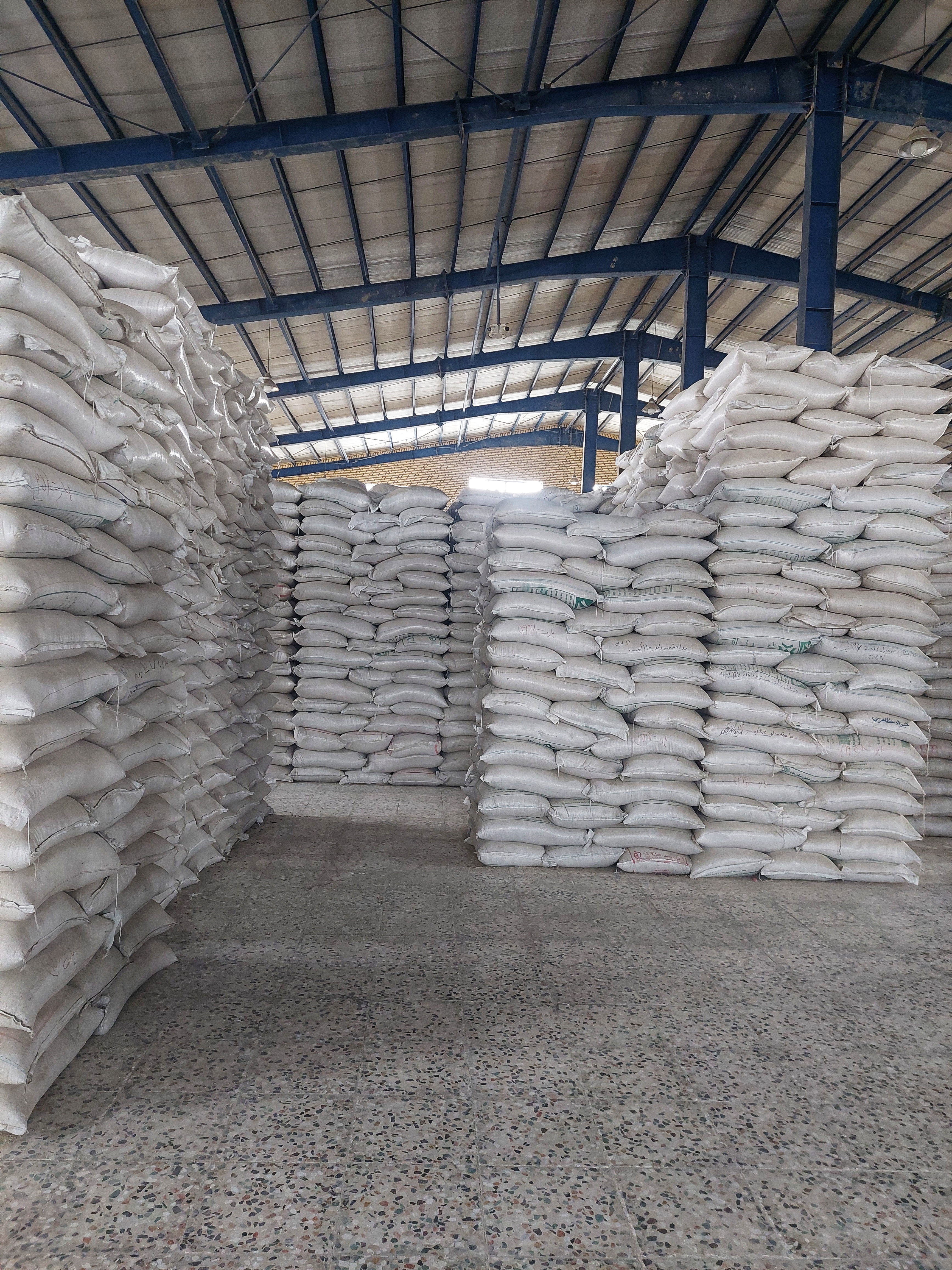
Iran is known for its diverse range of rice varieties, each with unique characteristics and culinary applications. Among these, Fajr rice stands out as a relatively new but increasingly popular option, recognized for its high yield and good quality. This blog post explores the features, cultivation, and significance of Fajr rice in Iran’s agricultural landscape.
What is Fajr Rice?
Fajr rice is a relatively new variety developed in Iran through agricultural research. It was created to address the need for high-yielding rice that could contribute to the country’s food security. Fajr rice is a hybrid variety, known for its ability to produce more grains per hectare compared to some traditional Iranian rice types. It has become a significant choice for farmers aiming to maximize their rice production.
Key Characteristics of Fajr Rice
Fajr rice has several notable characteristics that make it an attractive option for farmers:
1. High Yield:
o One of the primary advantages of Fajr rice is its high yield potential. Farmers can harvest a significantly larger quantity of rice per unit of land compared to some traditional varieties.
2. Short Growth Duration:
o Fajr rice typically has a shorter growth duration, meaning it matures relatively quickly. This allows farmers to potentially cultivate it in regions with shorter growing seasons or to fit it into crop rotation systems more efficiently.
3. Good Grain Quality:
o While Fajr rice is primarily valued for its yield, it also offers acceptable grain quality. The grains are generally long and slender, with a pleasant appearance.
4. Adaptability:
o Fajr rice has demonstrated adaptability to various growing conditions in Iran. It can be cultivated in different regions with varying climates and soil types.
5. Pest and Disease Resistance:
o This variety exhibits a degree of resistance to common rice pests and diseases, reducing the need for excessive pesticide use.
Cultivation of Fajr Rice
The cultivation of Fajr rice follows standard rice-growing practices, but some specific considerations are essential for maximizing its yield:
1. Seed Selection:
o Farmers must use high-quality Fajr rice seeds from reputable suppliers to ensure optimal germination and plant health.
2. Land Preparation:
o Proper land preparation is crucial. This includes plowing, leveling, and creating well-drained rice paddies.
3. Water Management:
o Fajr rice requires careful water management. The paddies should be flooded at the appropriate times and maintained at the correct water level throughout the growing season.
4. Fertilization:
o Appropriate fertilization is essential for promoting healthy plant growth and maximizing yield. Farmers often use a combination of organic and chemical fertilizers to meet the rice plants’ nutrient requirements.
5. Pest and Disease Control:
o Although Fajr rice has some resistance to pests and diseases, farmers should still monitor their fields and take necessary measures to control any outbreaks.
6. Harvesting:
o The rice should be harvested at the right stage of maturity to ensure optimal grain quality. Harvesting too early or too late can negatively impact the yield and quality of the rice.
Benefits of Fajr Rice
Fajr rice offers several benefits to Iranian farmers and the country’s agricultural sector:
• Increased Rice Production: The high yield of Fajr rice contributes to increased overall rice production in Iran, helping to meet the growing demand for this staple food.
• Improved Food Security: By increasing rice production, Fajr rice plays a role in enhancing Iran’s food security and reducing the need for imports.
• Higher Income for Farmers: The high yield of Fajr rice can translate into higher income for farmers, improving their livelihoods and supporting rural communities.
• Resource Efficiency: With its relatively short growth duration, Fajr rice allows farmers to potentially grow more crops per year, increasing the efficient use of land and water resources.
Challenges and Considerations
While Fajr rice offers many advantages, there are also some challenges and considerations:
• Grain Quality Preferences: Some consumers may prefer the taste and aroma of traditional Iranian rice varieties over Fajr rice.
• Market Acceptance: Ensuring market acceptance of Fajr rice requires effective marketing and promotion to educate consumers about its benefits.
• Seed Availability: Ensuring a consistent supply of high-quality Fajr rice seeds is essential for widespread adoption.
• Sustainability: Promoting sustainable farming practices in the cultivation of Fajr rice is important for protecting the environment and ensuring long-term viability.
The Future of Fajr Rice in Iran
Fajr rice has established itself as a valuable component of Iran’s rice production system. Continued research and development efforts can further improve its characteristics, such as enhancing grain quality and resistance to pests and diseases. With the right support and promotion, Fajr rice can continue to play a significant role in Iran’s agricultural sector and contribute to the country’s food security.
Conclusion
Fajr rice represents an innovative approach to meeting the growing demand for rice in Iran. Its high yield, adaptability, and relatively short growth duration make it an attractive option for farmers. By addressing the challenges and promoting sustainable practices, Fajr rice can continue to shine as a rising star in Iran’s rice fields, benefiting farmers, consumers, and the nation as a whole.



